Guest columnist Rutherford H. Platt: Planning urban vibrancy — An oxymoron
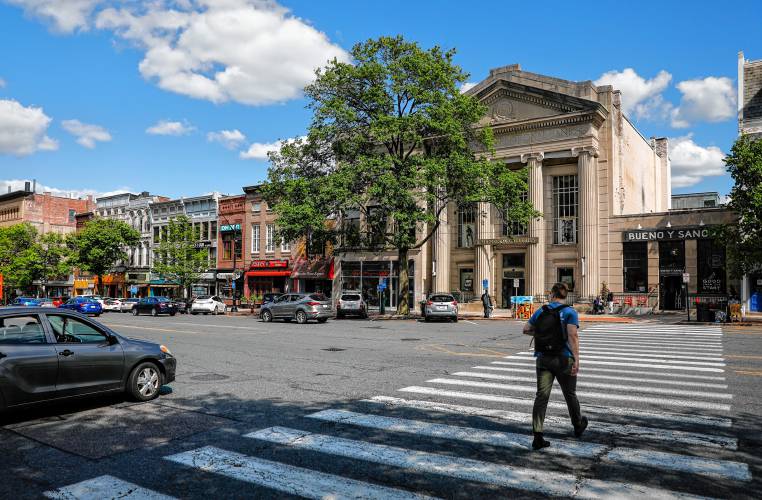
Main Street in downtown Northampton. GAZETTE FILE PHOTO
| Published: 10-17-2023 6:32 PM |
The idealized future Main Street visualized in the city’s computer images will not magically just happen. How will the city and state manage years of construction impacts on traffic congestion, on downtown businesses, on emergency vehicle access, on snow removal, on shade trees?
How will heavy construction trucks and machinery reach the work site, including those too high to pass under the Main Street rail overpass or too long for the new roundabouts? Where will equipment and materials be stored during non-work periods? Where will the workforce park their personal vehicles? I posed such questions to a city official who responded: “The specific details you are looking for are not available as of yet, but will be addressed and well publicized both in advance and in real time.”
In other words, there are no logistical plans for “Picture Main Street” available for public review — just pictures of hypothetical future outcomes. The public is supposed to trust the planners in Boston and Northampton that they know what they are doing.
Would you trust an architect to design a beautiful new house without addressing physical or legal constraints affecting the feasibility of building in a particular location? Would you trust a surgeon who recommends an operation with no specifics on how it will be performed and the risks involved? My June 5 column still applies: “Even if the MassDOT plan is in fact a great ‘cure’ for our ailing Main Street, the patient will likely die during the years of disruption required to put it in place.”
Many people, however, are not even convinced that Picture Main Street is a “great cure.” Consider the exclusive bike lanes — a centerpiece of the proposed project. The plan envisions spending millions of federal dollars on two one-way bike lanes extending about 700 yards (0.4 mile) down Main Street that will be interrupted by at least nine pedestrian crosswalks, including those at street intersections.
Who gives way at each crosswalk: people on bikes, ebikes, skateboards, and other contraptions, or people on foot, perhaps mobility impaired? What’s the point? Bike lock-up racks should be provided where the rail trail and city streets reach Main Street, and cyclists can walk to their destination like the rest of us.
I agree with Jonathon Wynn’s Oct. 6 column [“How to make vibrant downtown even better,” Gazette] that downtown Northampton today retains vibrancy despite many vacant storefronts and darkened performance venues, as displayed at the recent Taste of Northampton. But citing the hallowed Jane Jacobs, he claims that Picture Main Street will “make vibrant downtown even better.”
To that, I disagree. After the Taste Festival, I wrote to the city councilors: “As my wife and I perched on the low wall in front of First Churches, we observed the flow of people ambling from one booth to the next, many with children, dogs, or older relatives with walkers. ‘Noho meets Hamp’ with all ages, ethnicities, and lifestyles mingling easily — that energy (not a computer-designed future) is what makes downtown Northampton vibrant. But that vibe is fragile, as the many vacant storefronts along Main Street and vicinity are vivid reminders. The lifeblood of any downtown is People.”
Article continues after...
Yesterday's Most Read Articles
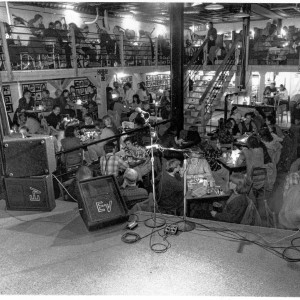 The Iron Horse rides again: The storied Northampton club will reopen at last, May 15
The Iron Horse rides again: The storied Northampton club will reopen at last, May 15
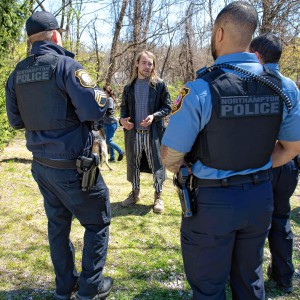 Homeless camp in Northampton ordered to disperse
Homeless camp in Northampton ordered to disperse
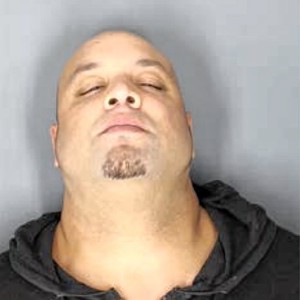 Authorities ID victim in Greenfield slaying
Authorities ID victim in Greenfield slaying
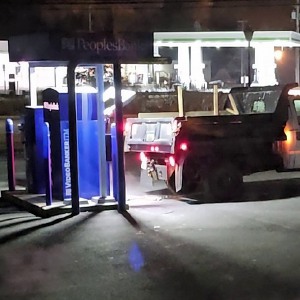 $100,000 theft: Granby Police seek help in ID’ing 3 who used dump truck to steal cash from ATM
$100,000 theft: Granby Police seek help in ID’ing 3 who used dump truck to steal cash from ATM
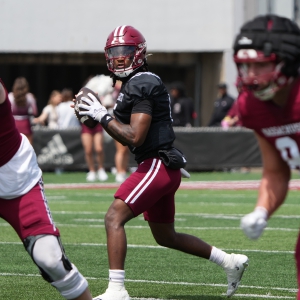 UMass football: Spring Game closes one chapter for Minutemen, 2024 season fast approaching
UMass football: Spring Game closes one chapter for Minutemen, 2024 season fast approaching
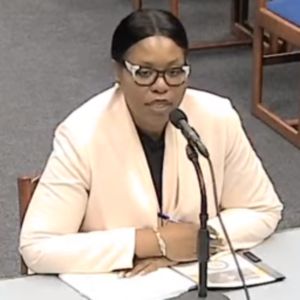 Final pick for Amherst regional superintendent, from Virgin Islands, aims to ‘lead with love’
Final pick for Amherst regional superintendent, from Virgin Islands, aims to ‘lead with love’
And surprise, Jane Jacobs agrees with me! In her seminal 1957 essay “Downtown is for People” she wrote: “Consider what makes a city center magnetic, what can inject the gaiety, the wonder, the cheerful hurly-burly that make people want to come into the city and to linger there. For magnetism is the crux of the problem. … The architects, planners, and businessmen are seized with dreams of order, and they have become fascinated with scale models and bird’s eye views. … The remarkable intricacy and liveliness of downtown can never be created by the abstract logic of a few men [sic]. Downtown has had the capability of providing something for everybody only because it has been created by everybody.”
Add computers and women to that statement and it applies emphatically today. Jacobs and her mentor William “Holly” Whyte deplored top-down, technocratic plans, referring in their day to urban renewal and federal highways. In their parallel careers, they jointly inspired widespread support for grassroots, community-based urban strategies. Successes and failures in the art of “humane urbanism” (my term) were shared in more than a dozen conferences that I organized with students and colleagues in cities across the country. (Whyte was keynoter for the first of these at the Chicago Academy of Sciences in 1990.)
Northampton was fortunate to avoid urban renewal that decimated the downtowns of larger cities like Springfield, Hartford, New Haven, and Worcester. Let us not allow the heavy hand of the state and city to tear apart Main Street and turn Paradise City into another dead downtown. Fix what needs fixing and otherwise let Northampton remain this kitschy, surprising, disorderly but treasured Humane Micropolis!
Rutherford H. Platt is a resident of Florence and author of “Reclaiming American Cities: The Struggle for People, Place, and Nature Since 1900.” He is an emeritus professor of geography at the University of Massachusetts Amherst.

 Guest columnist Marietta Pritchard: Landlines and more in our parallel universe
Guest columnist Marietta Pritchard: Landlines and more in our parallel universe Guest columnist Dr. Meghan Gump: Dear Patients — We hear you!
Guest columnist Dr. Meghan Gump: Dear Patients — We hear you!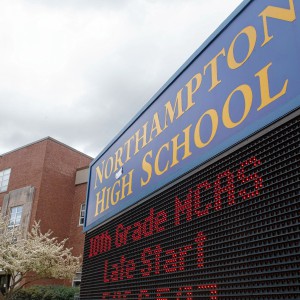 Guest columnist Lawrence Pareles: Make completing FAFSA form a high school graduation requirement
Guest columnist Lawrence Pareles: Make completing FAFSA form a high school graduation requirement Daniel Barker: Time for peace in Ukraine
Daniel Barker: Time for peace in Ukraine
